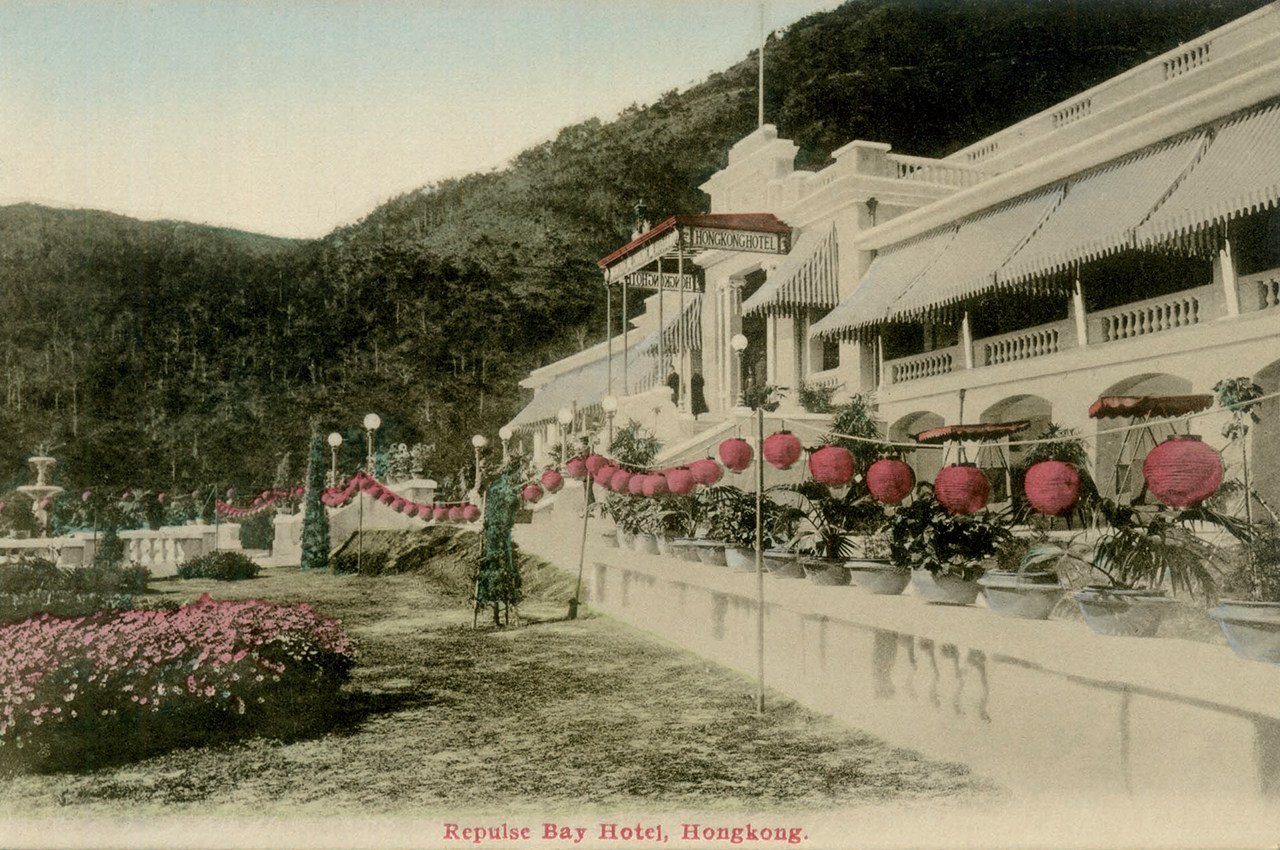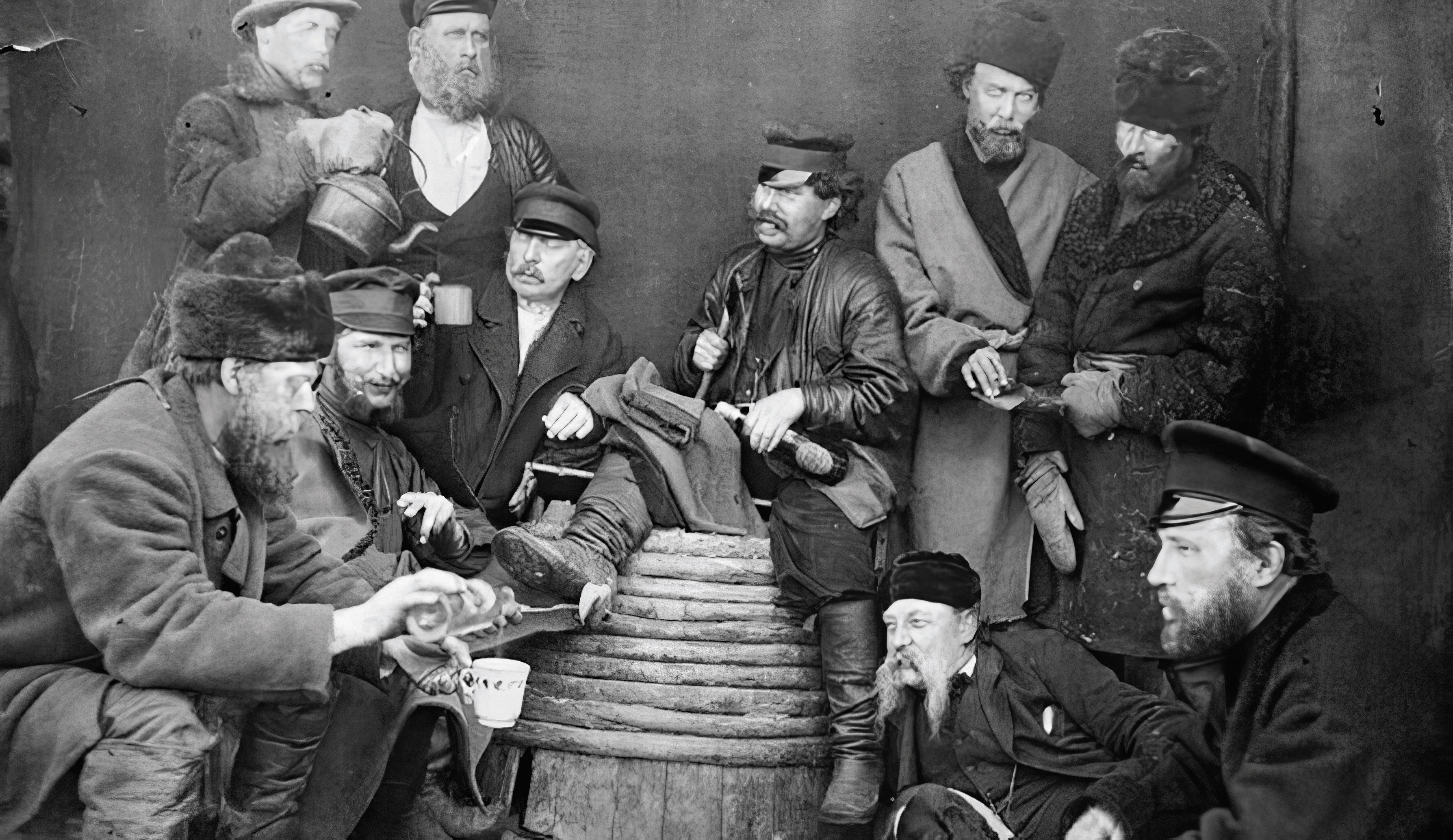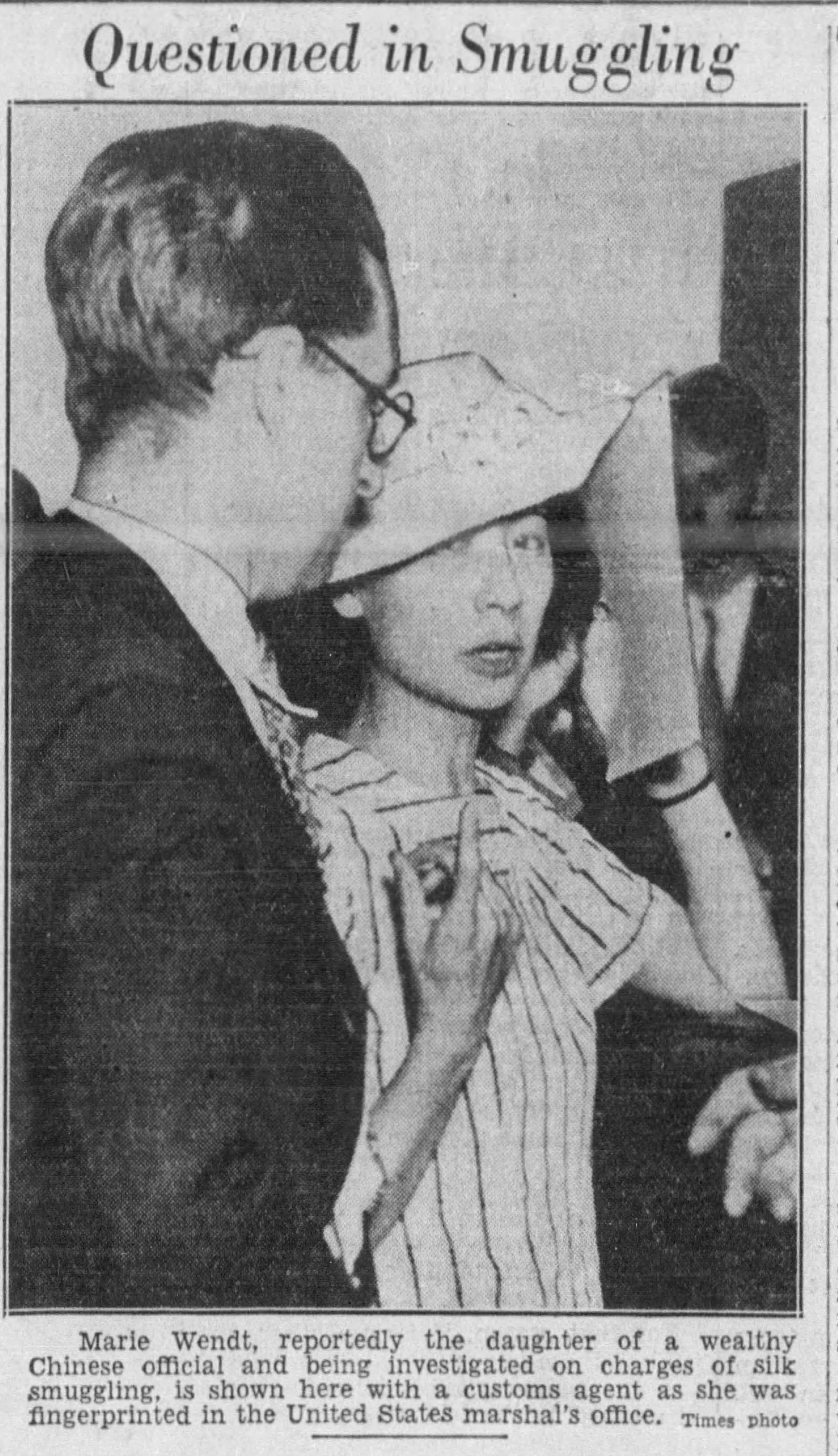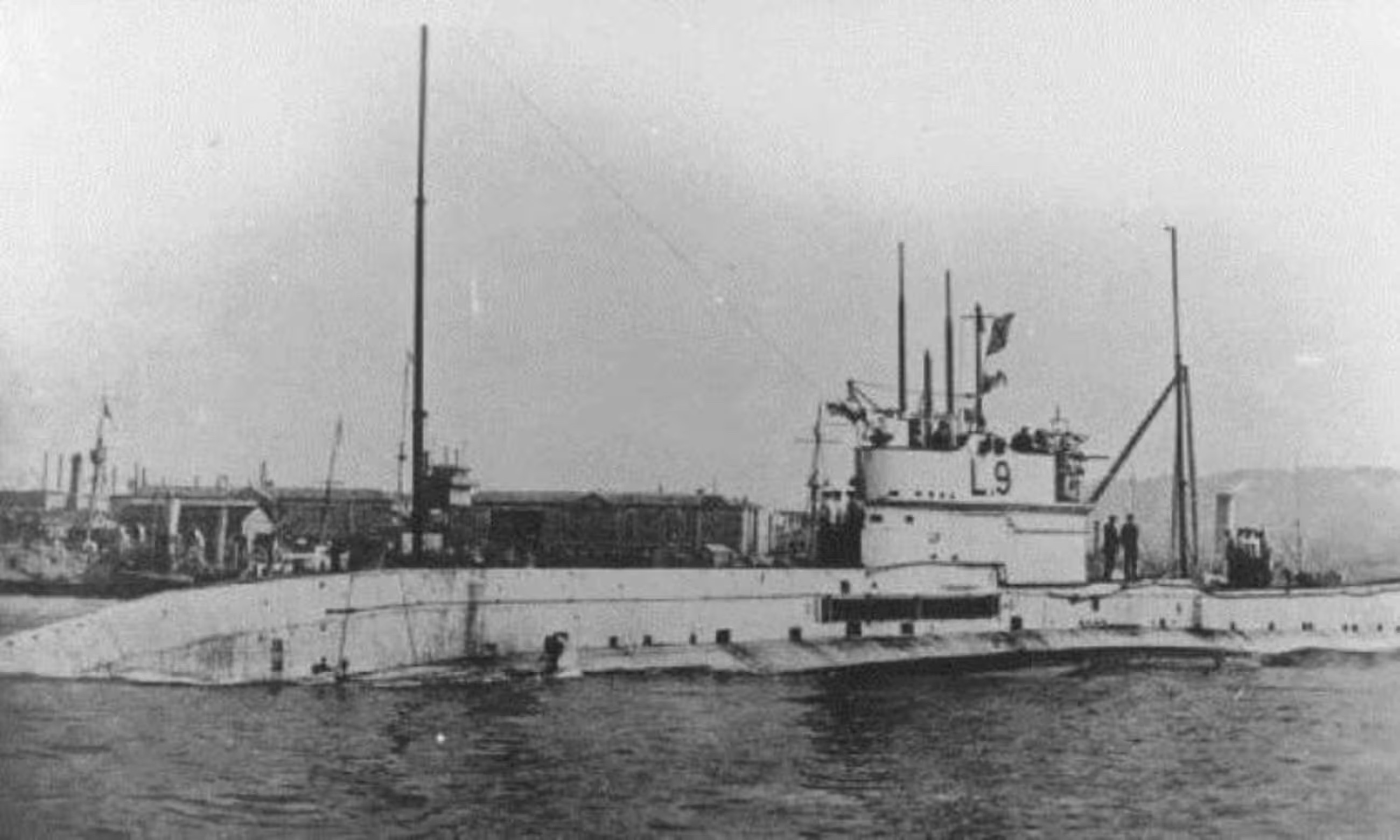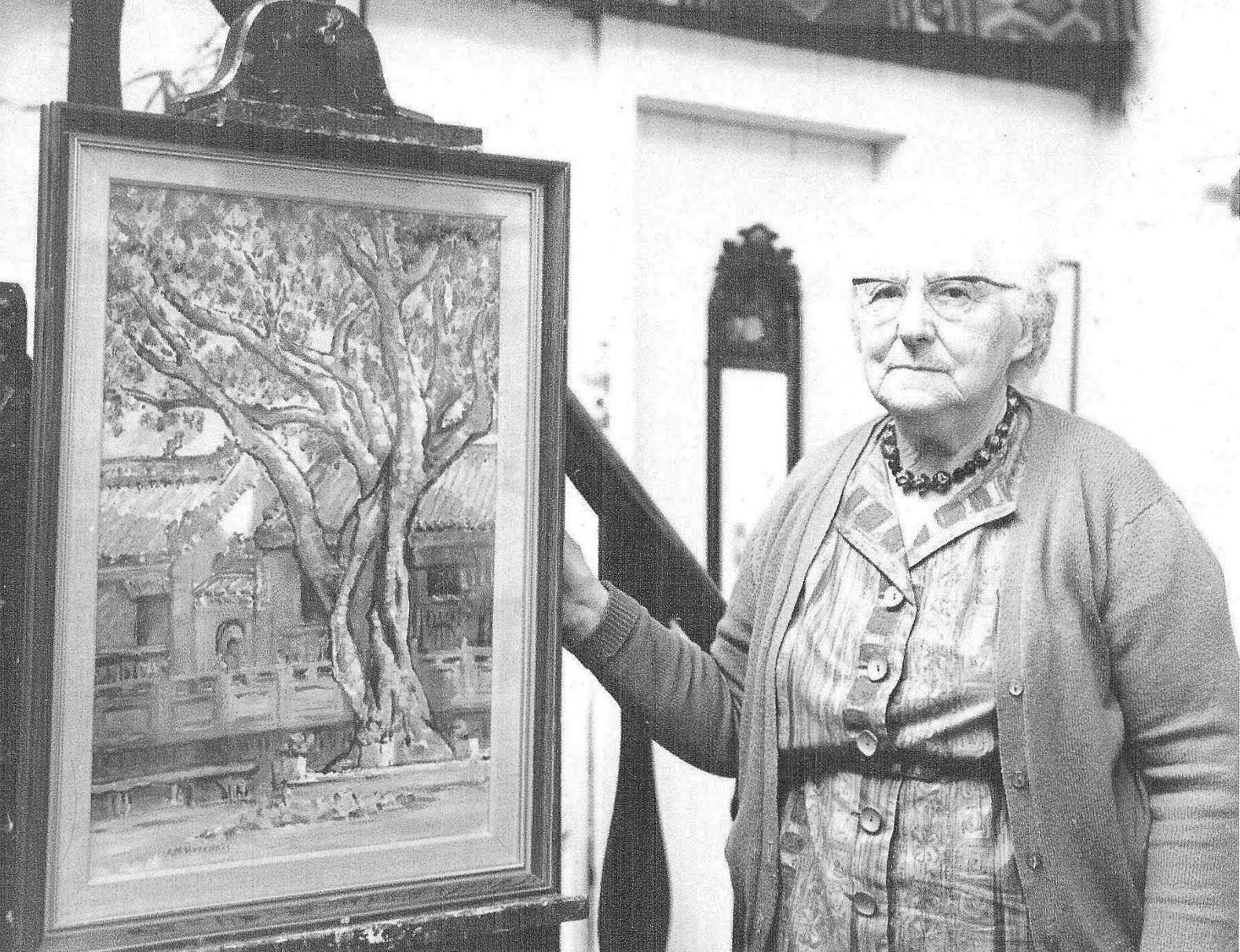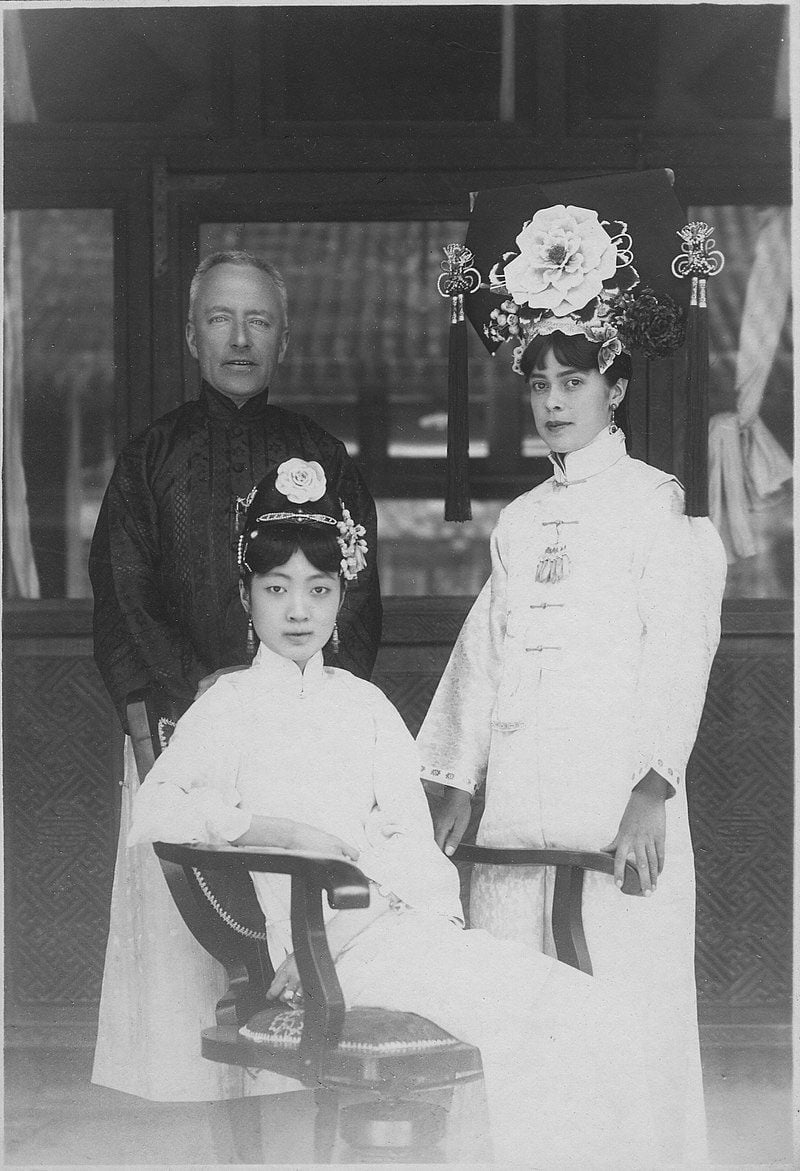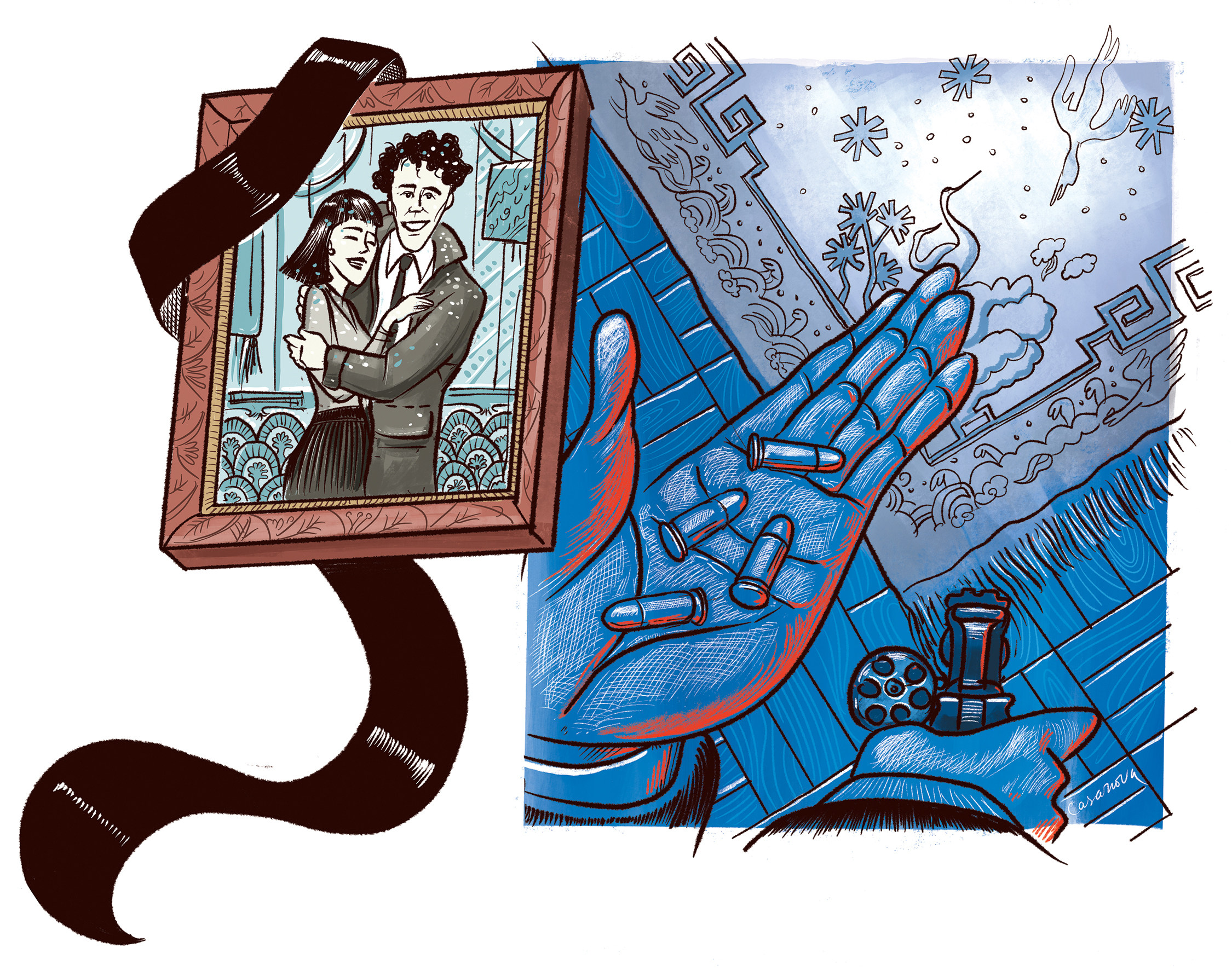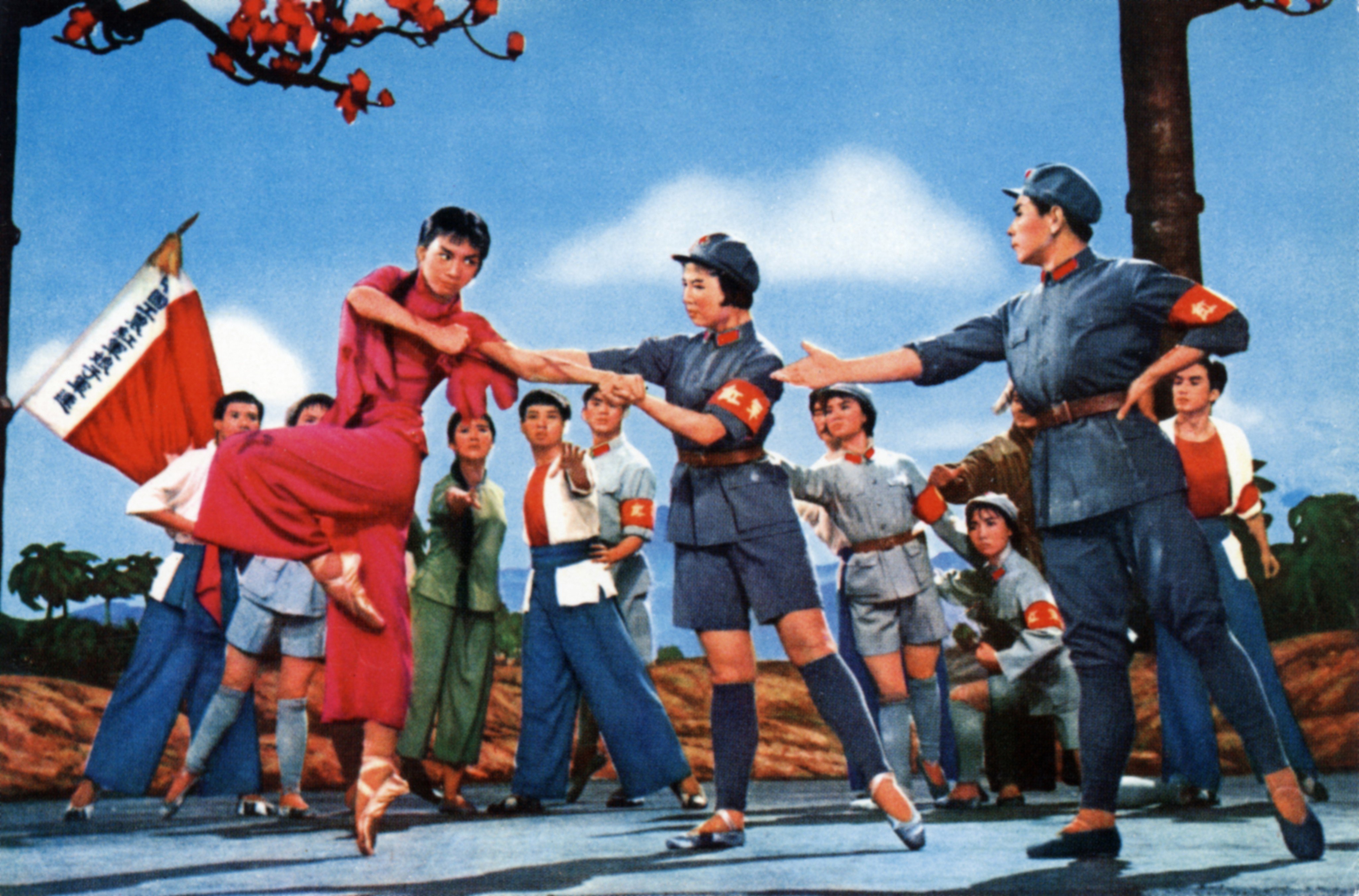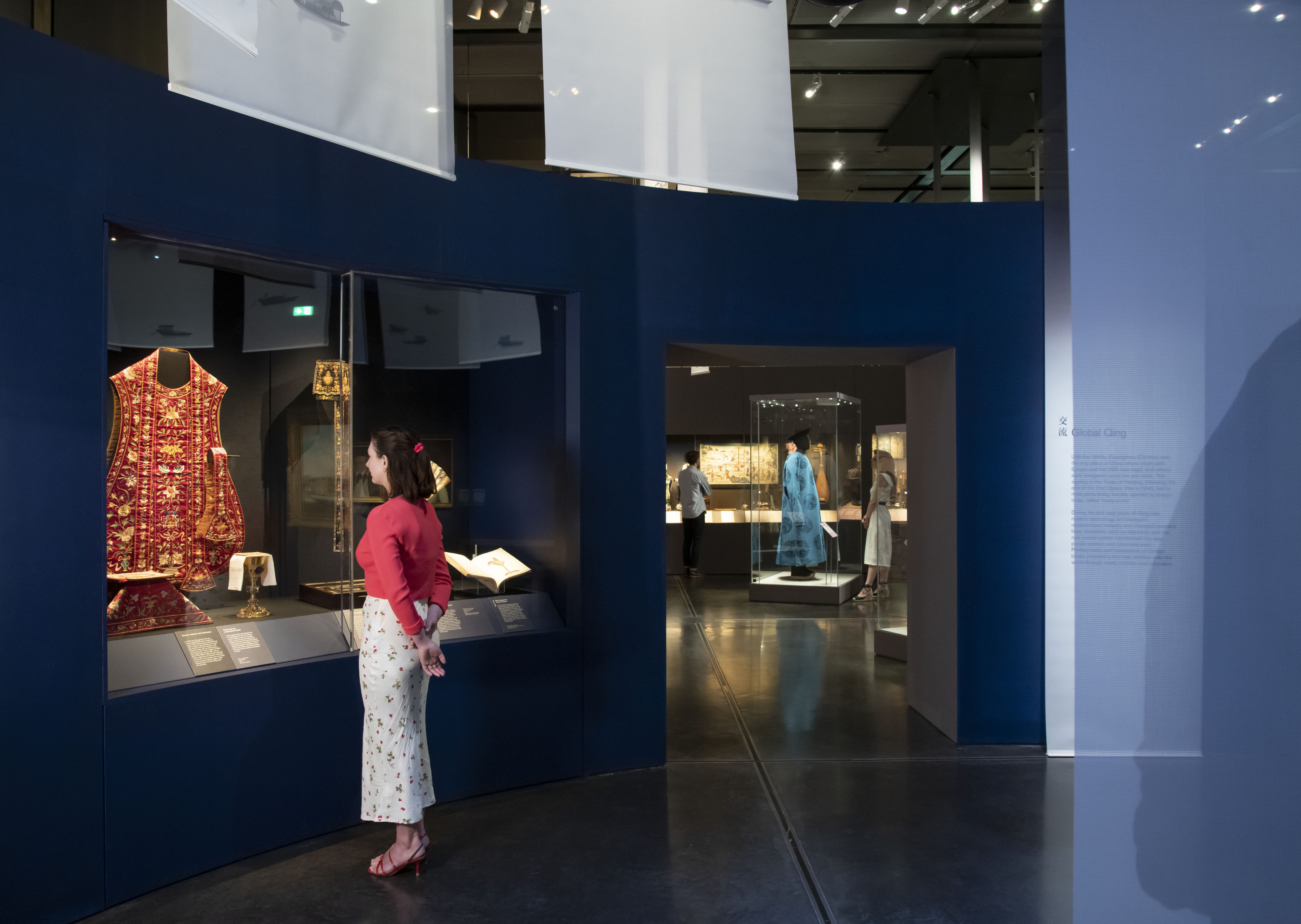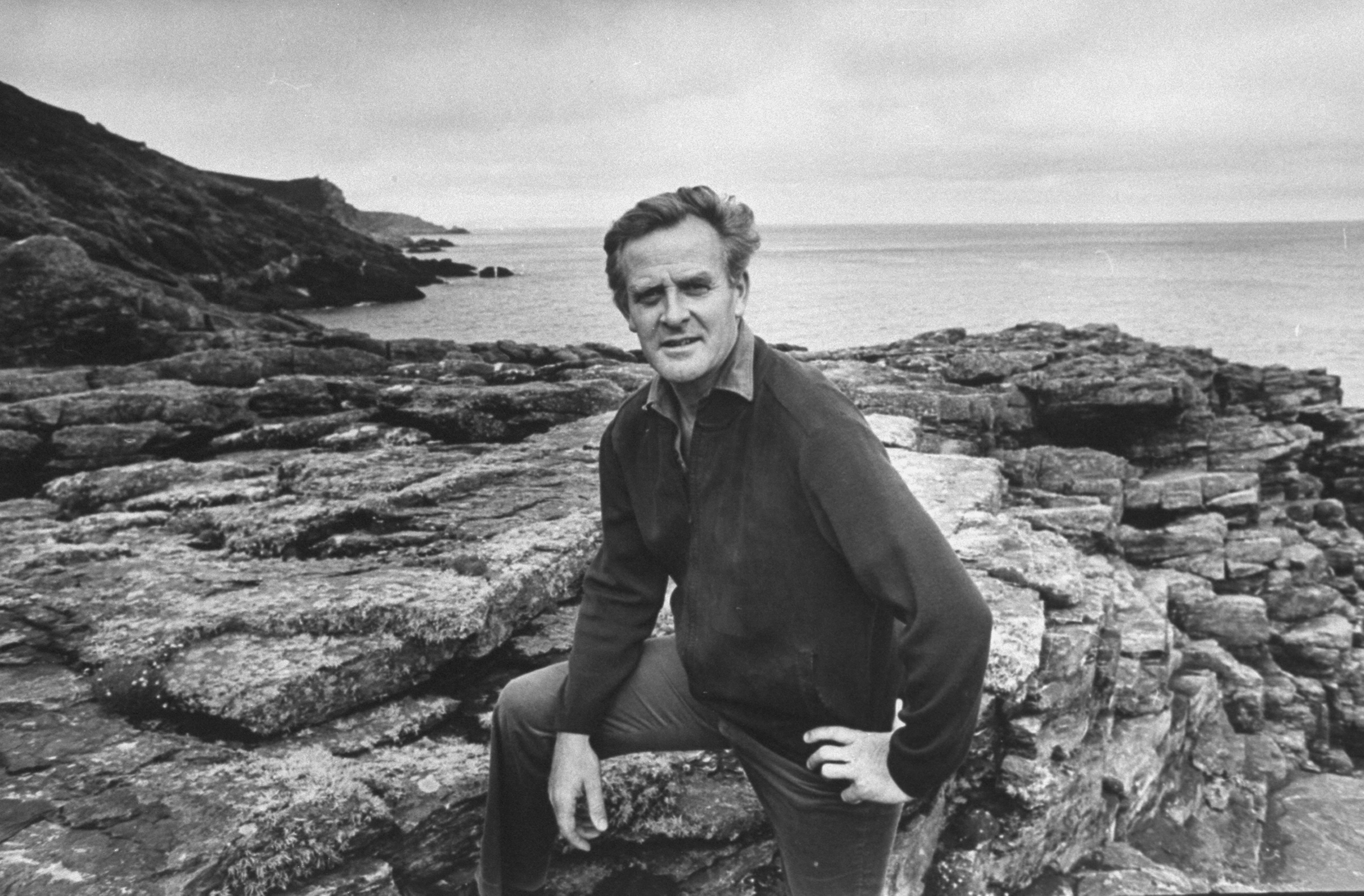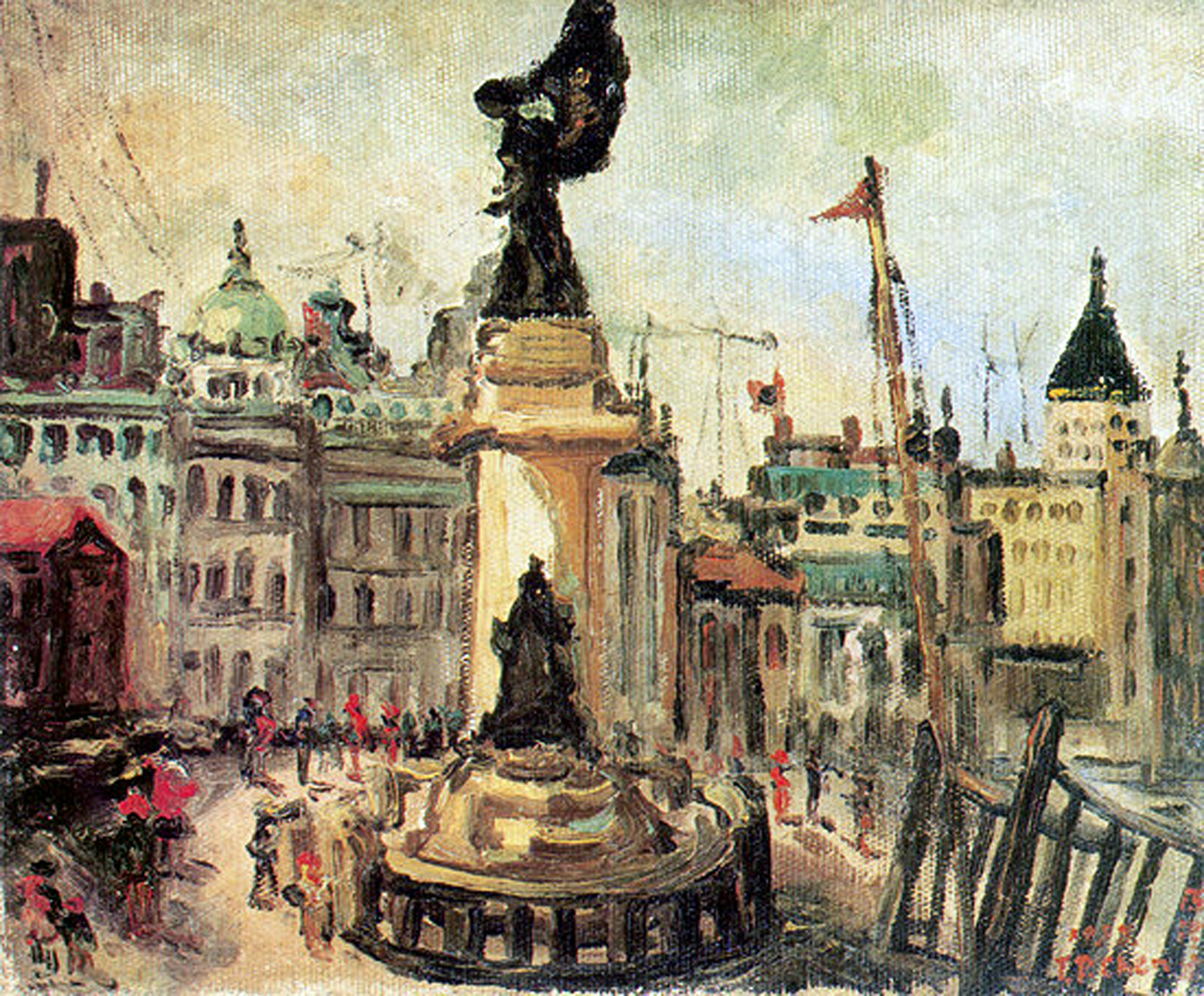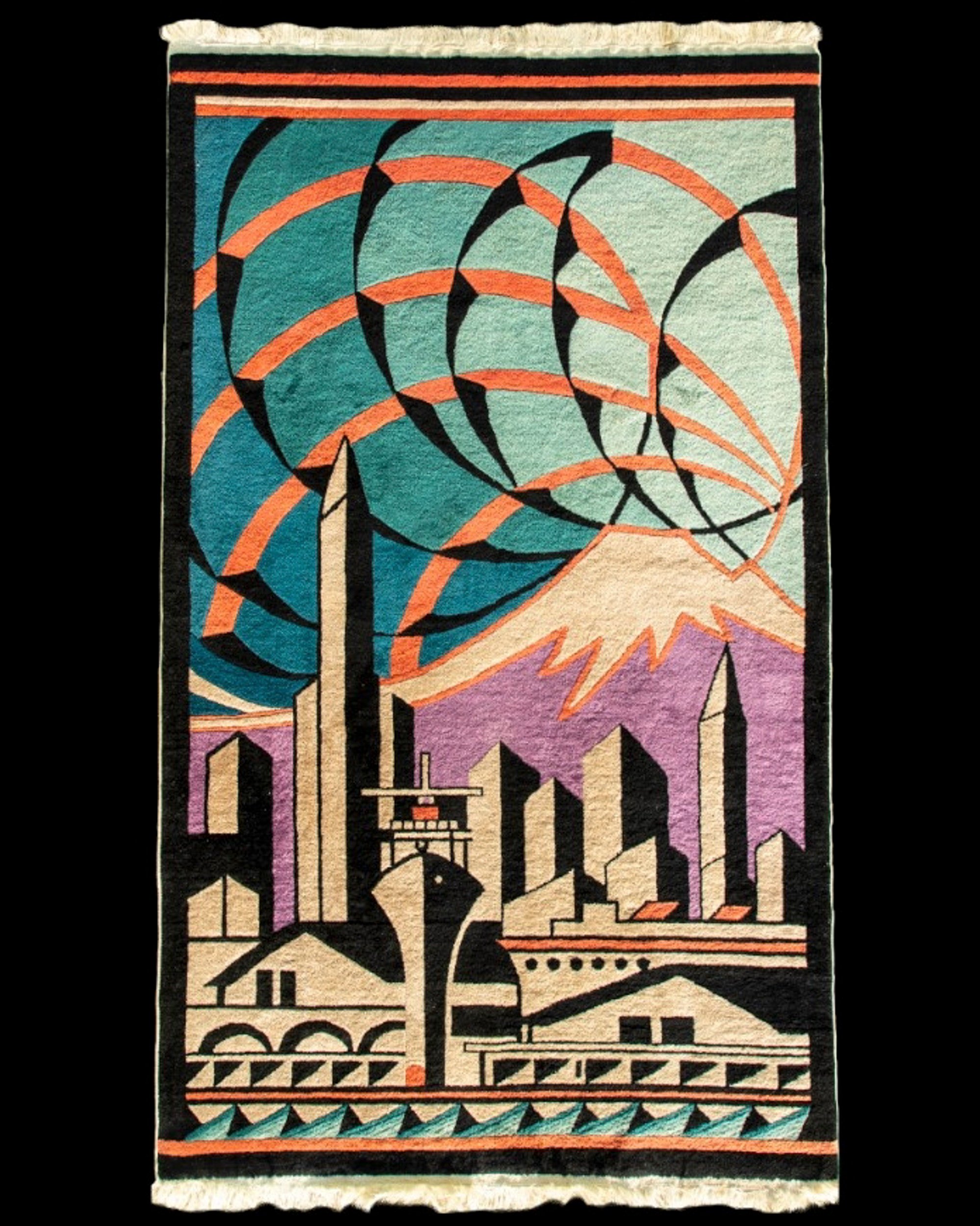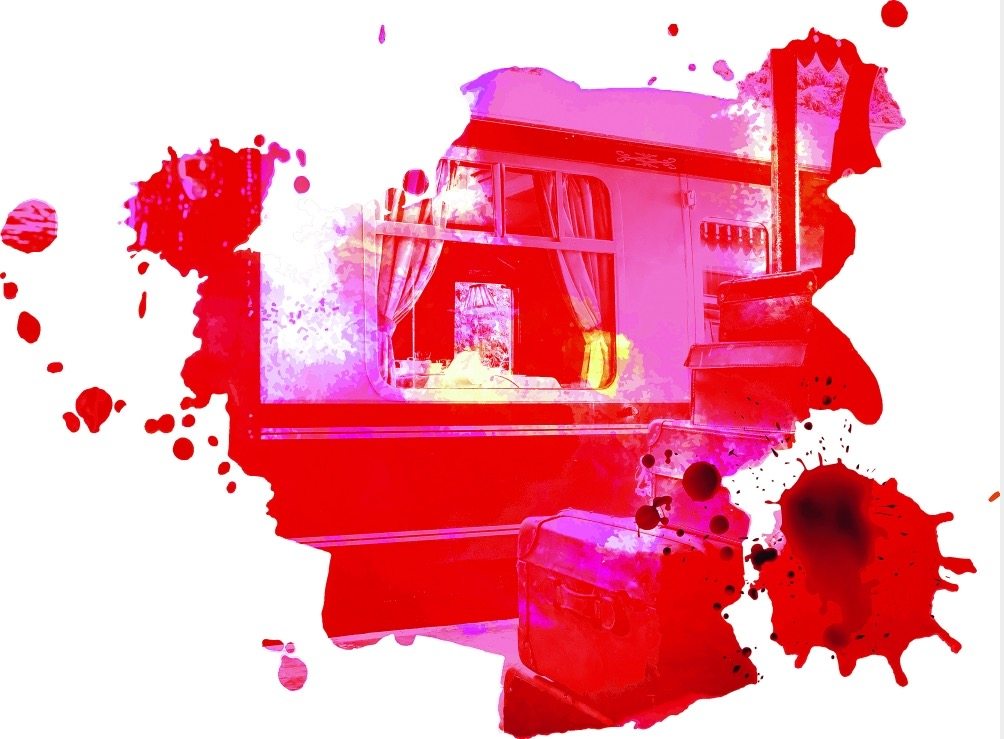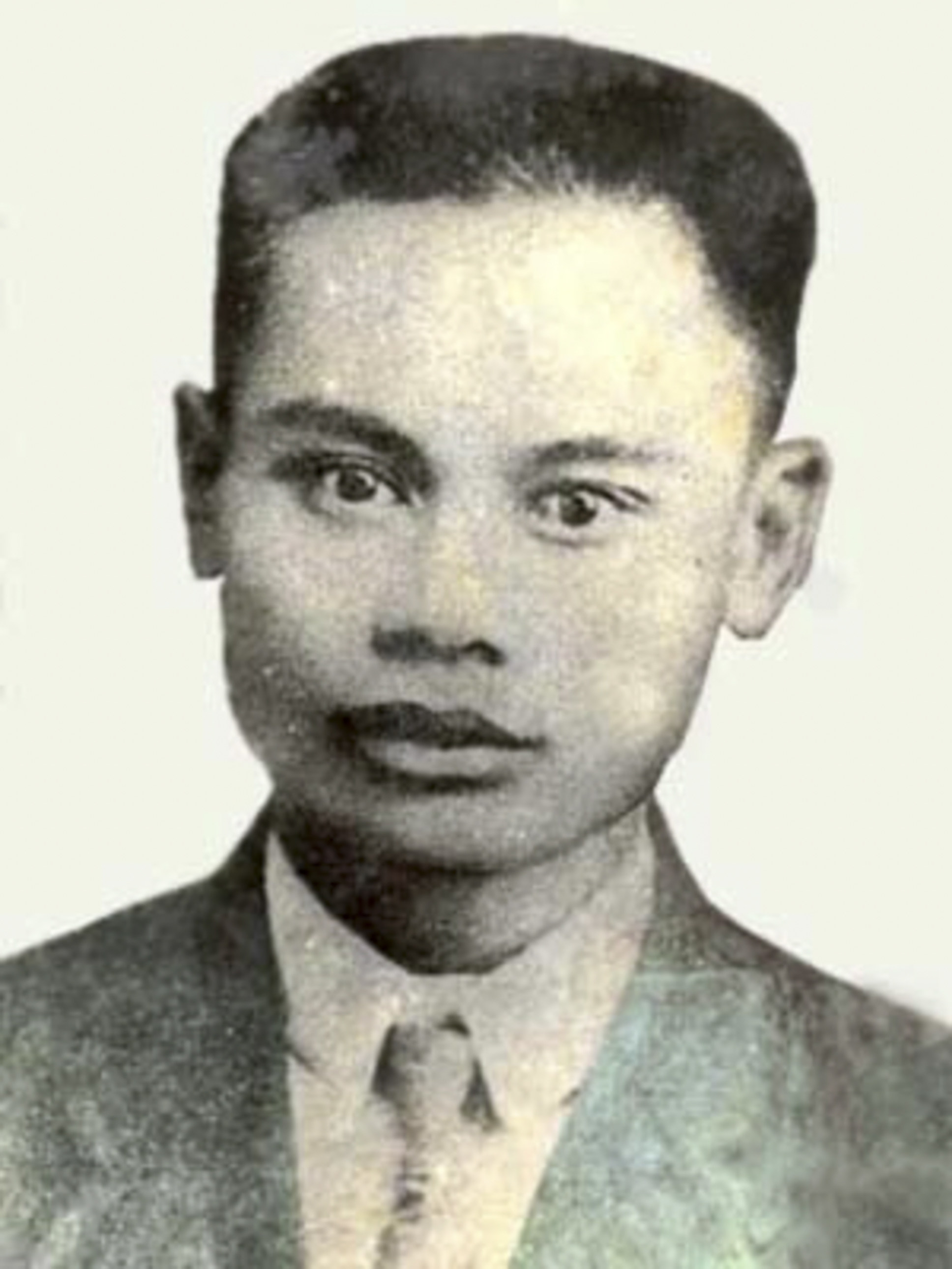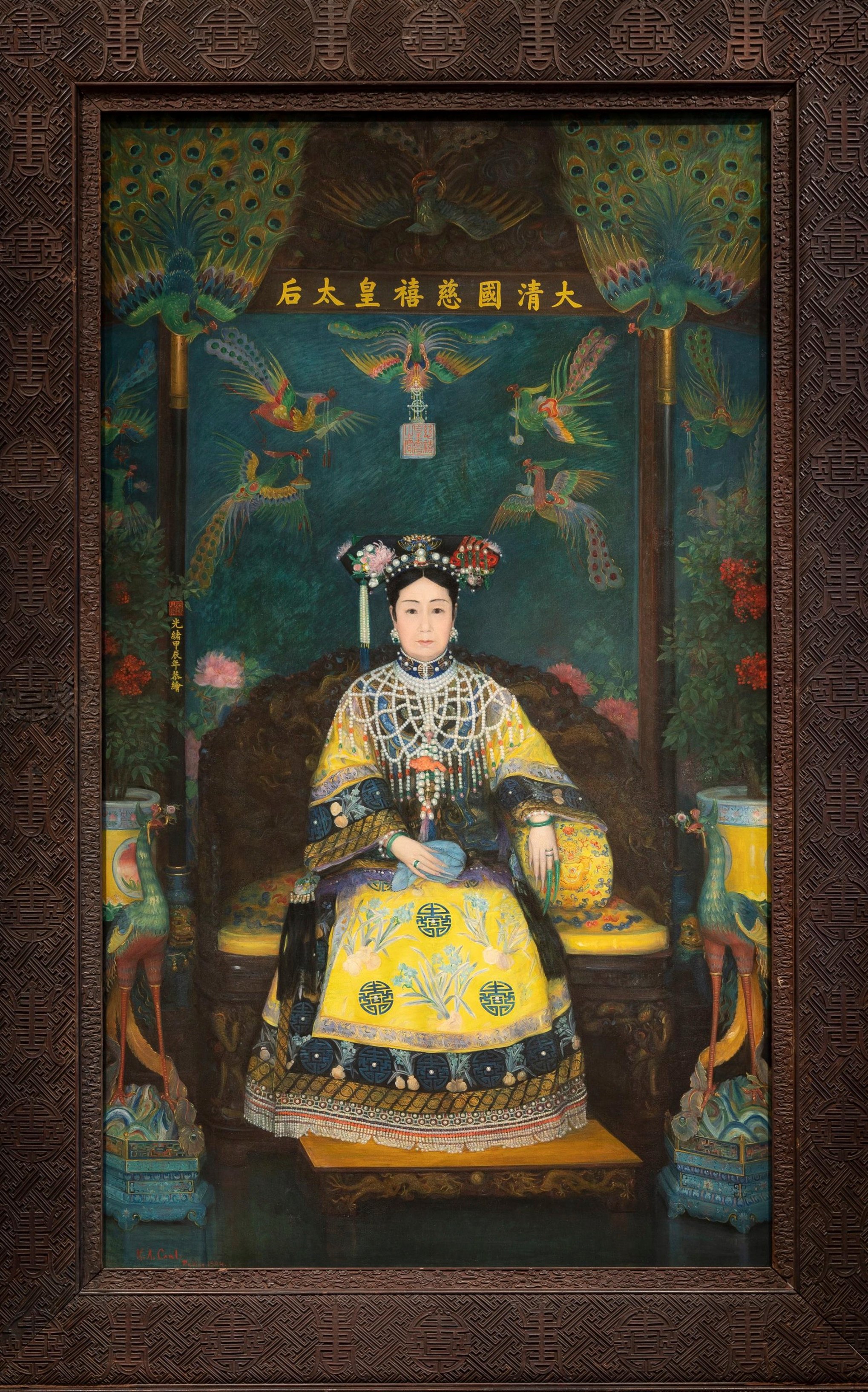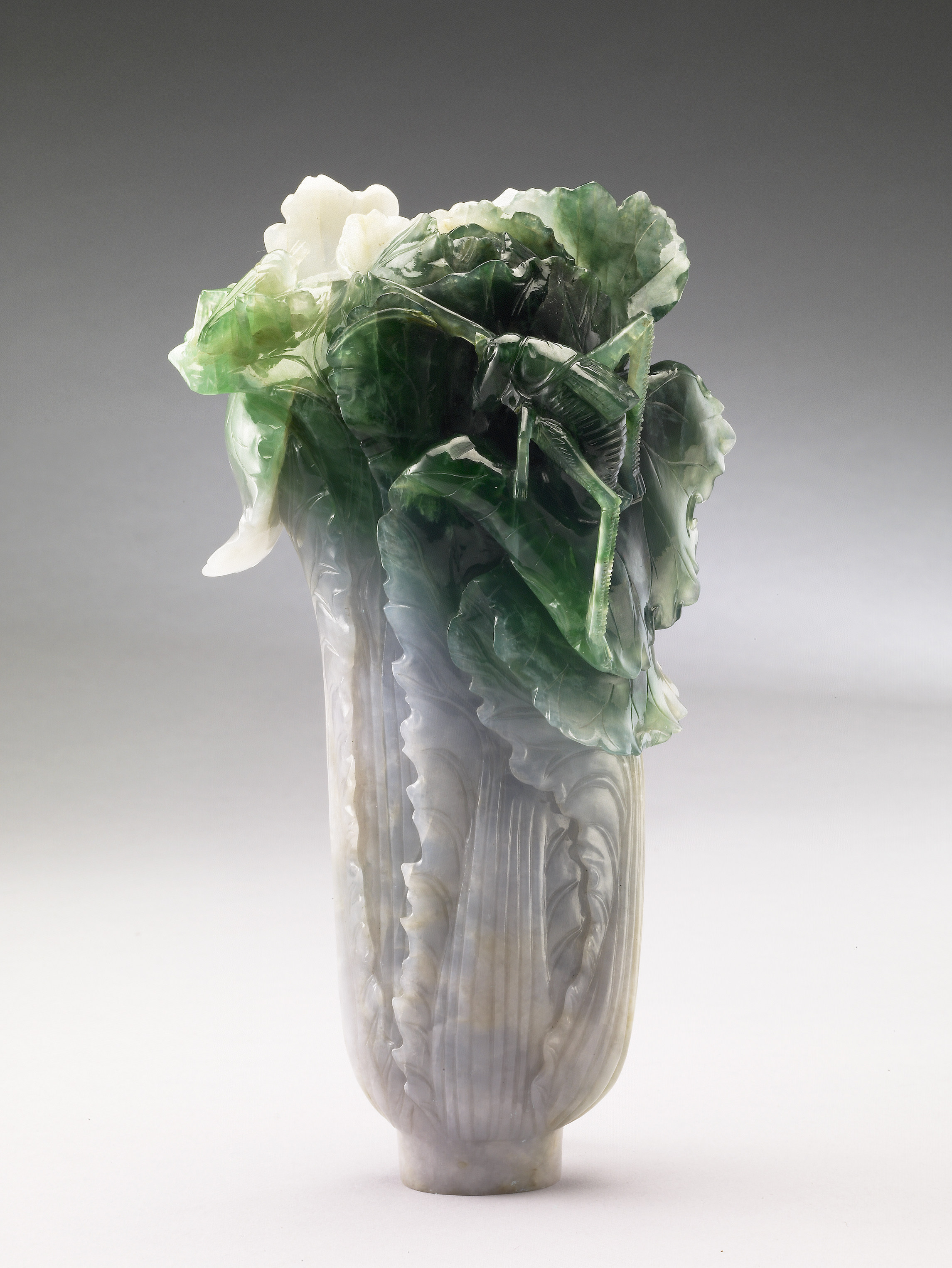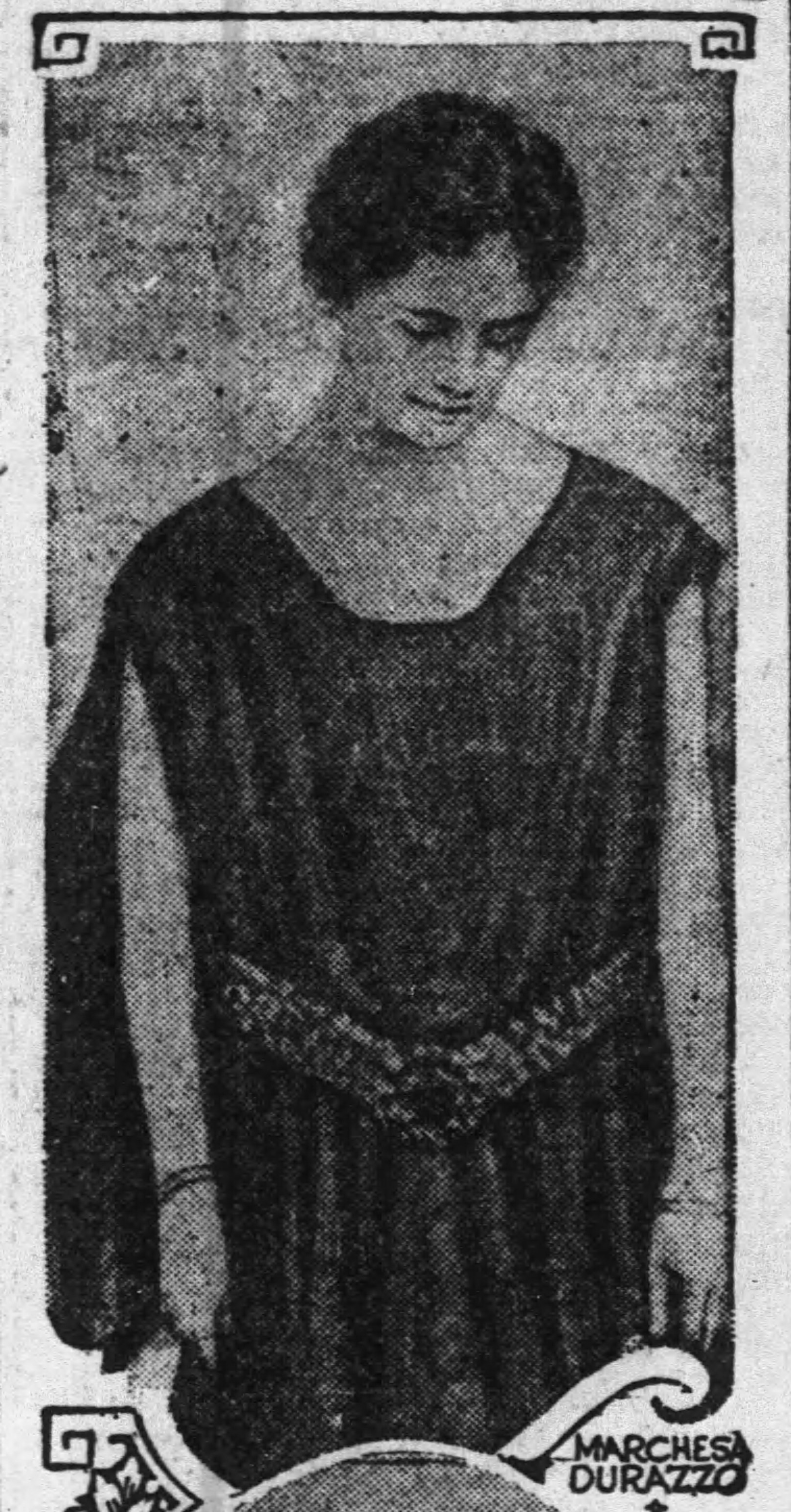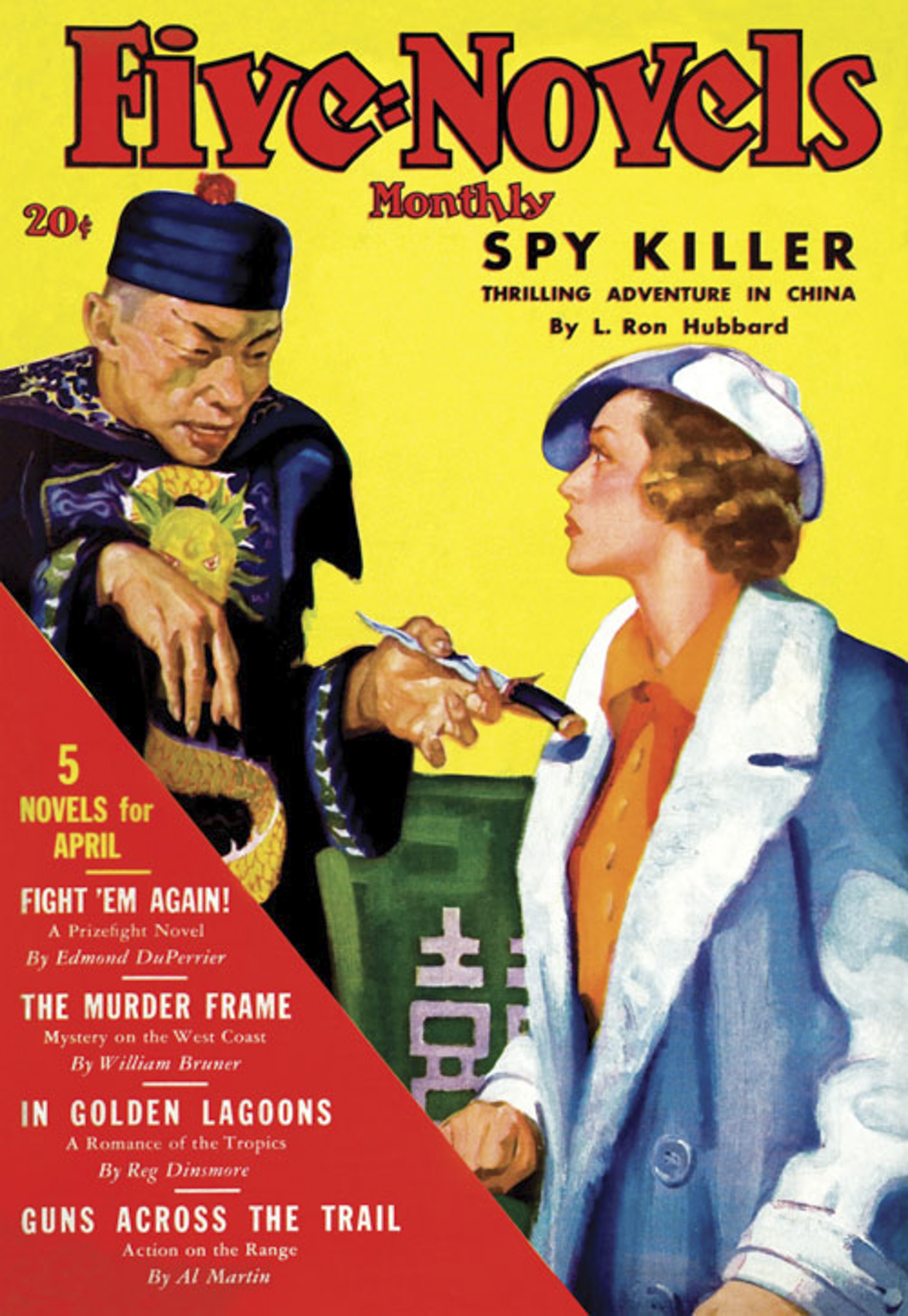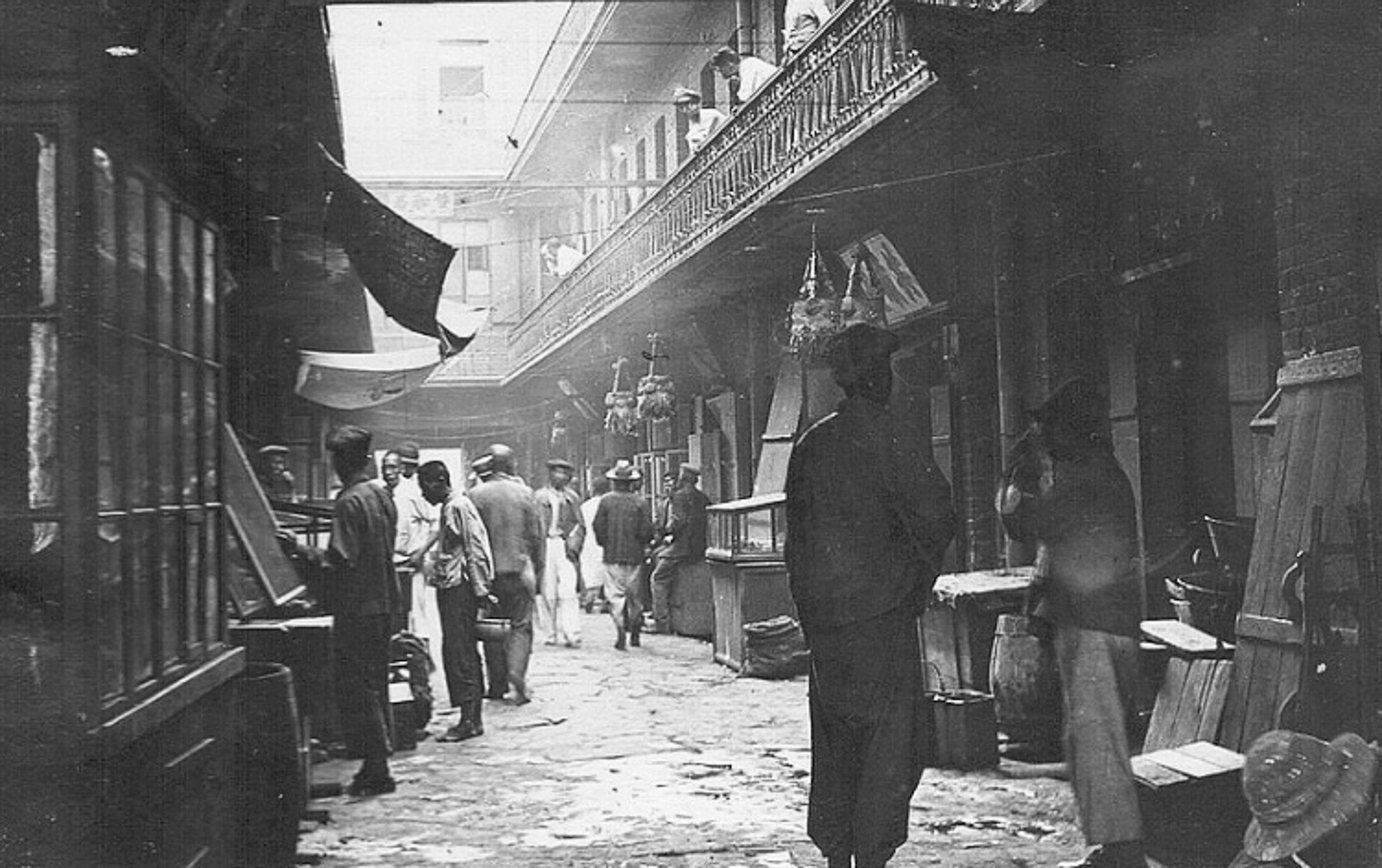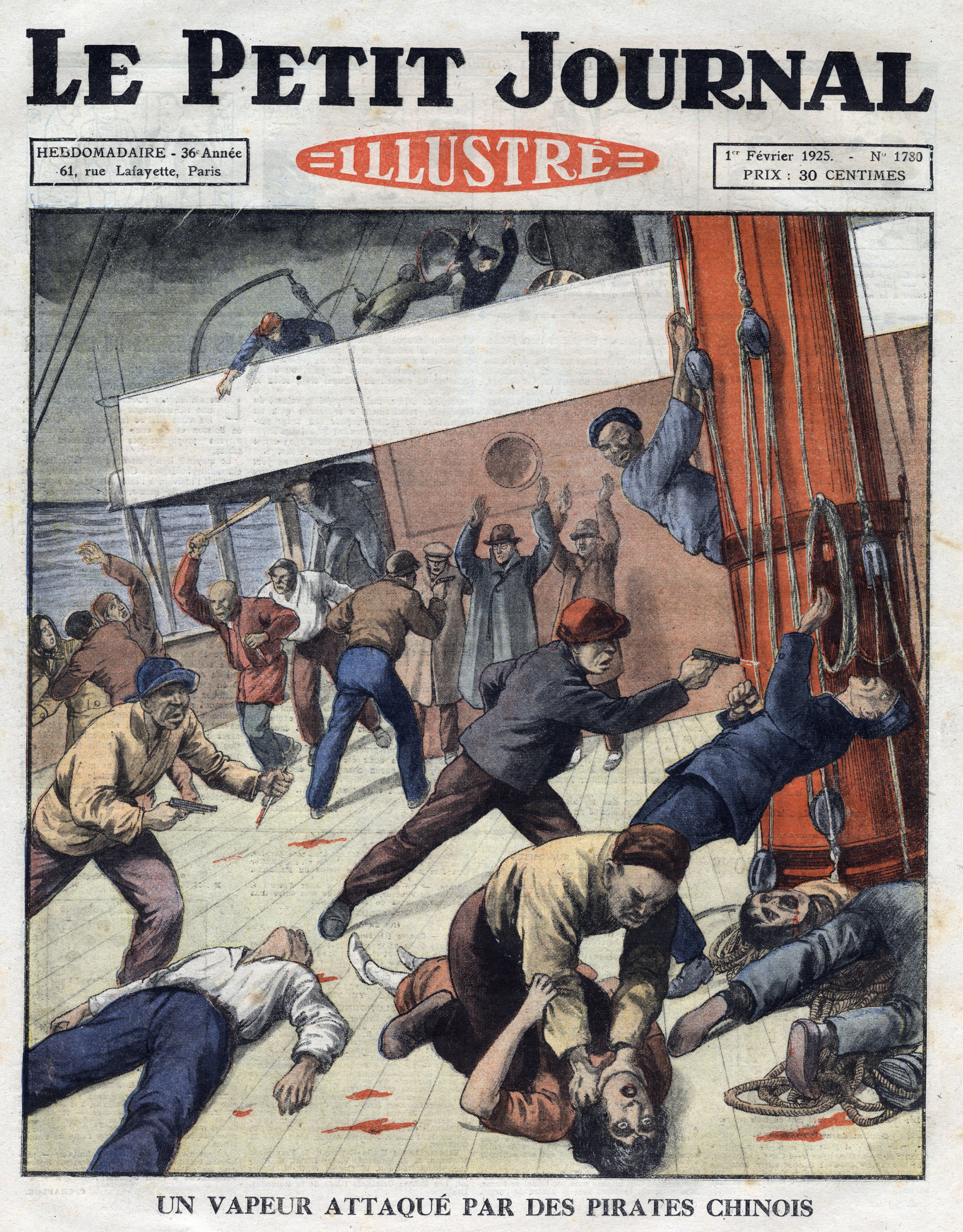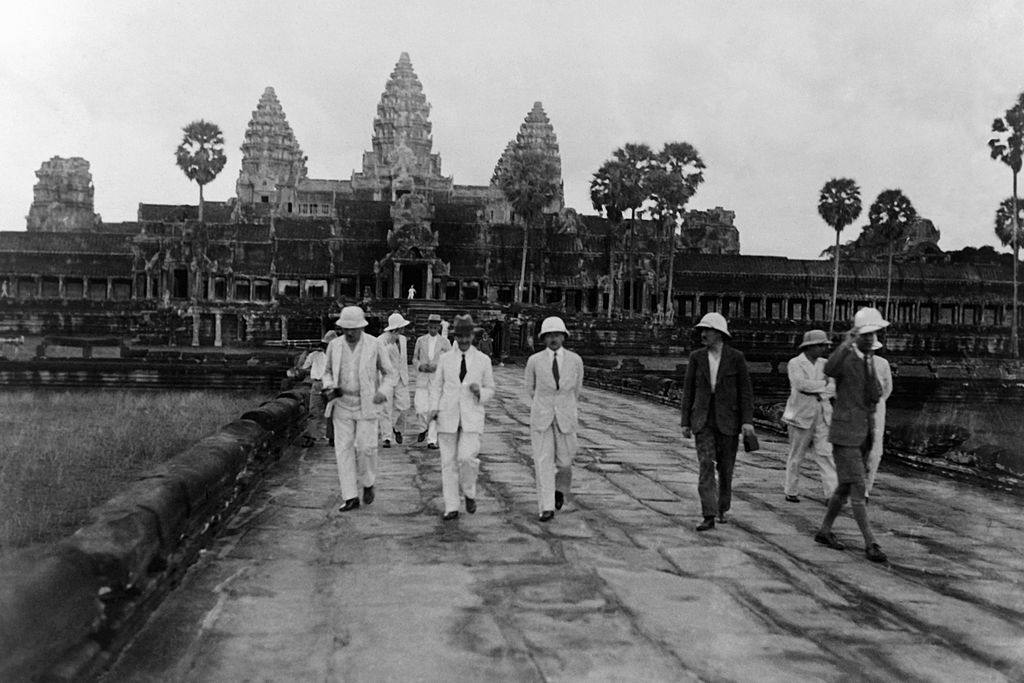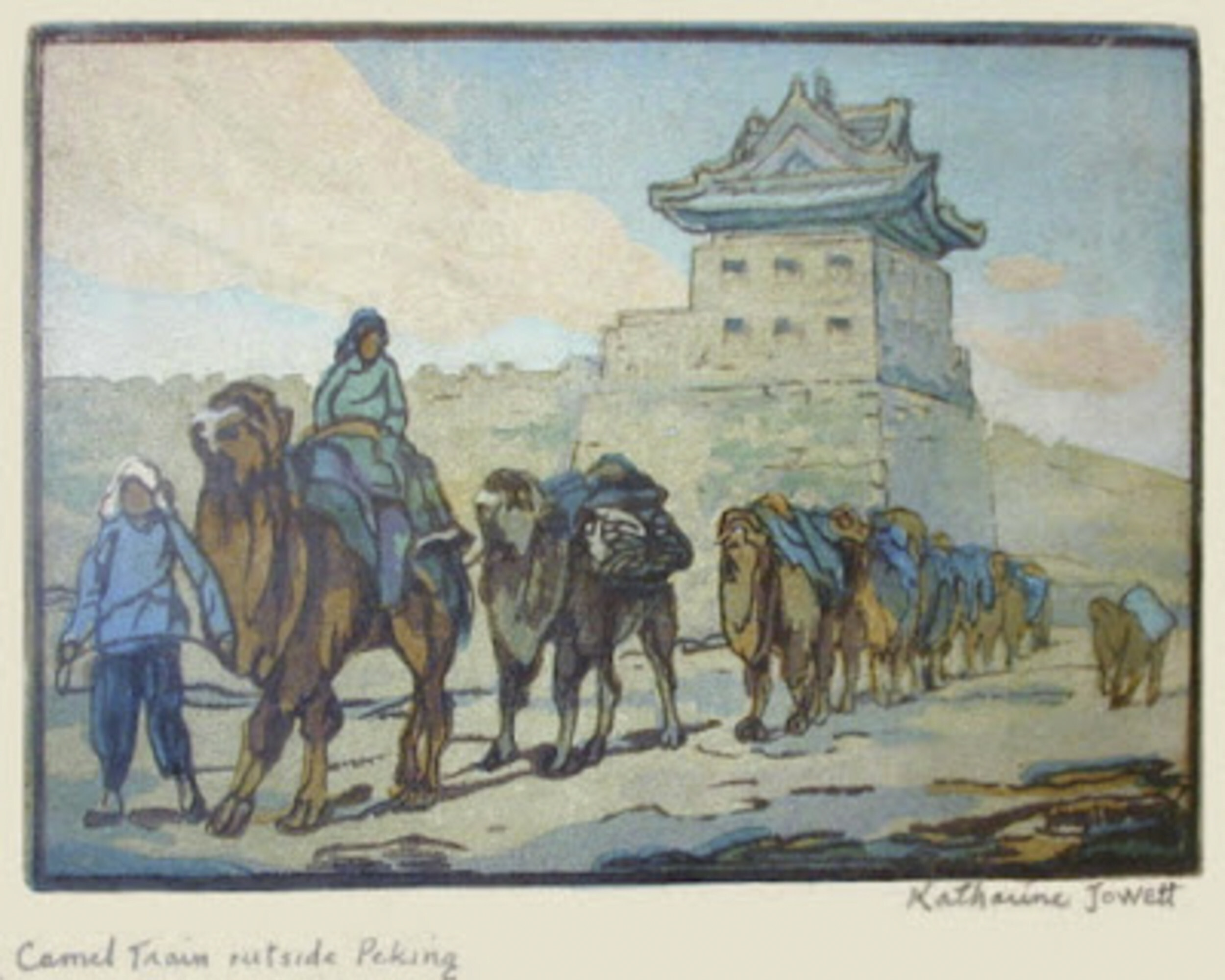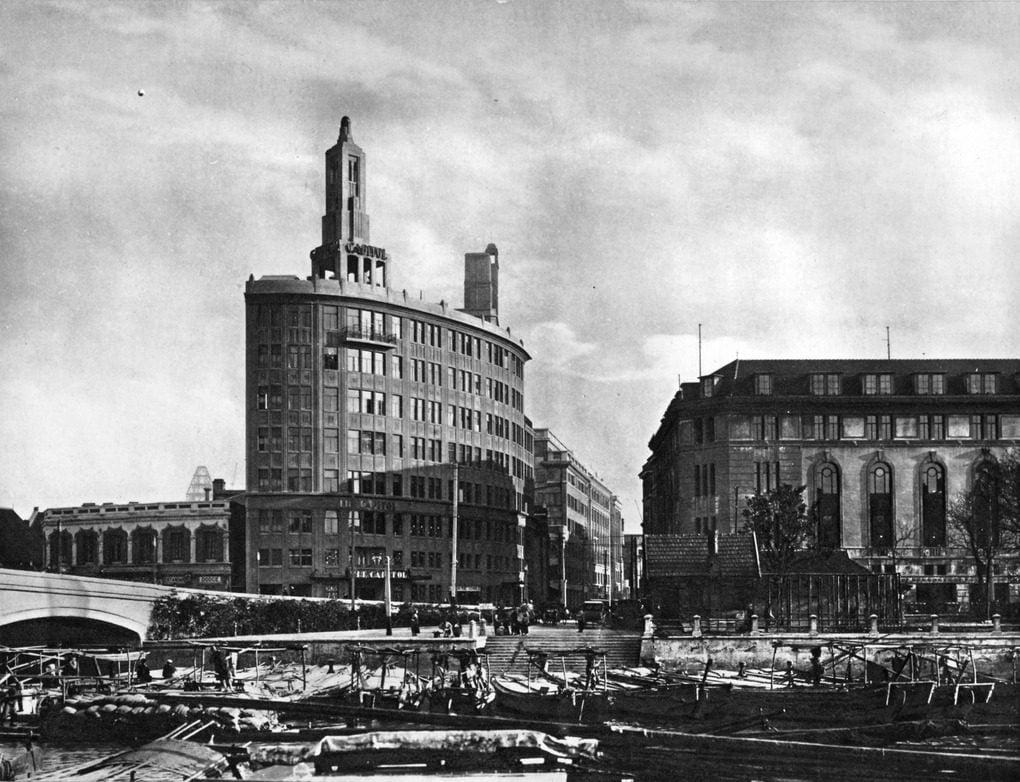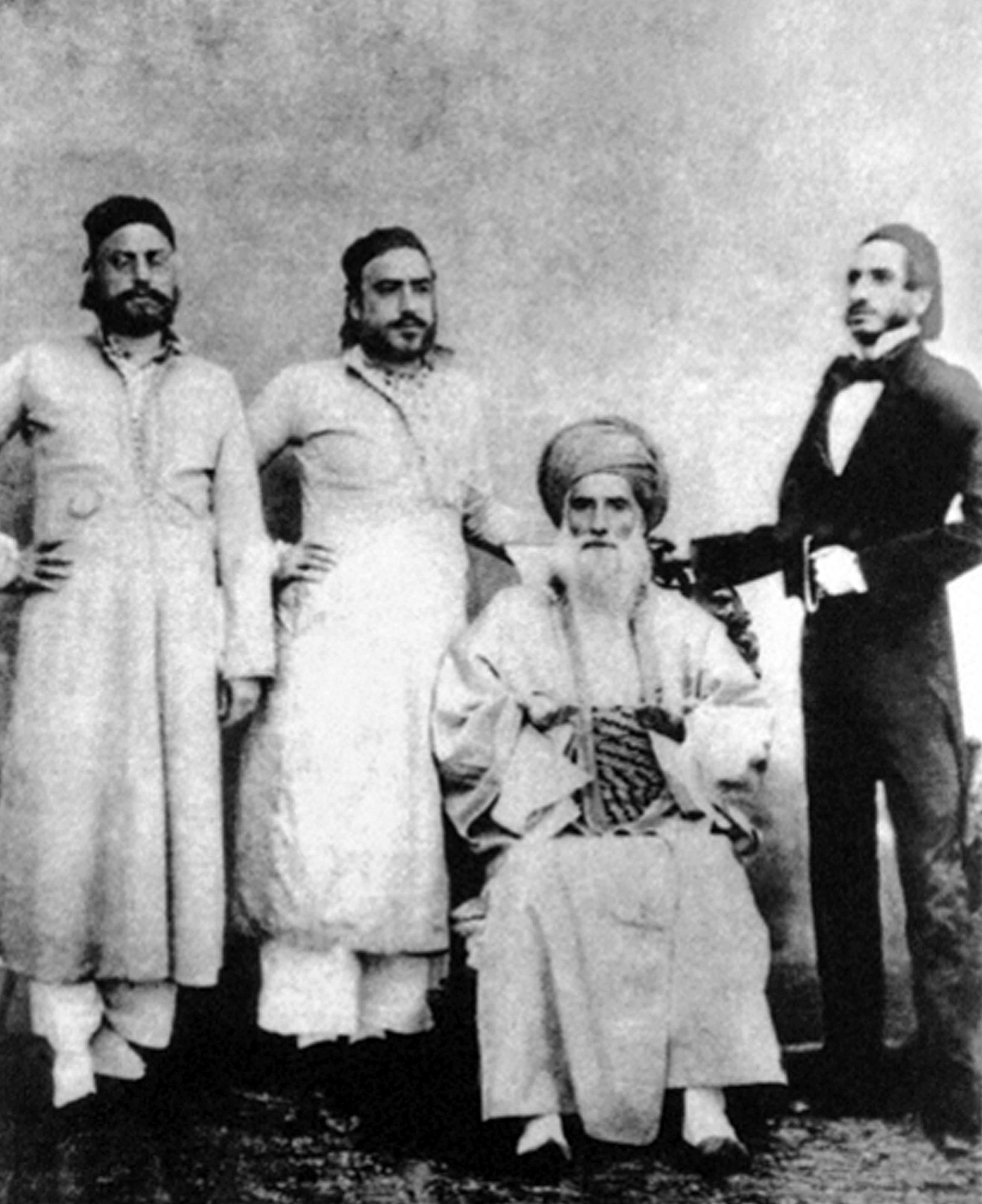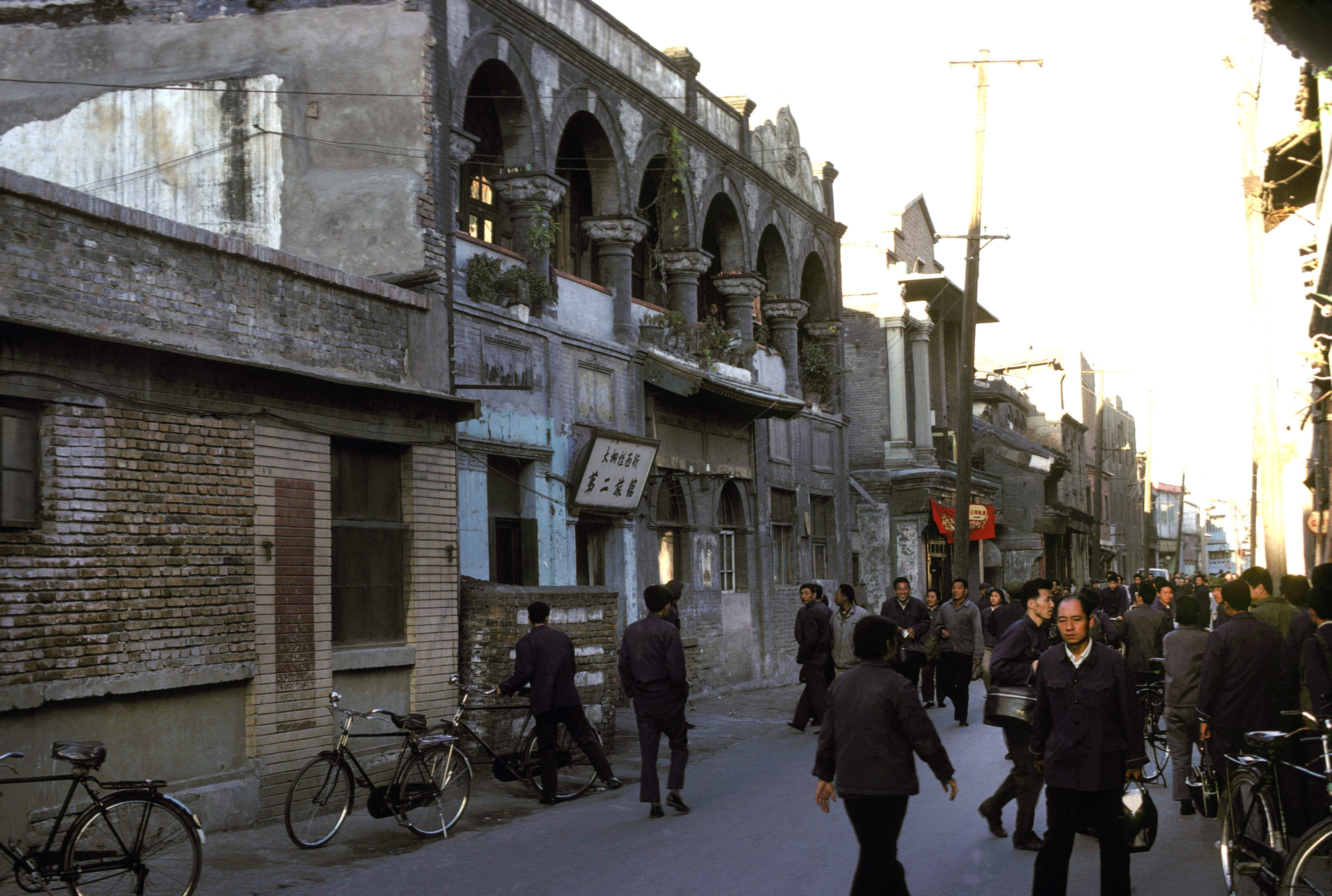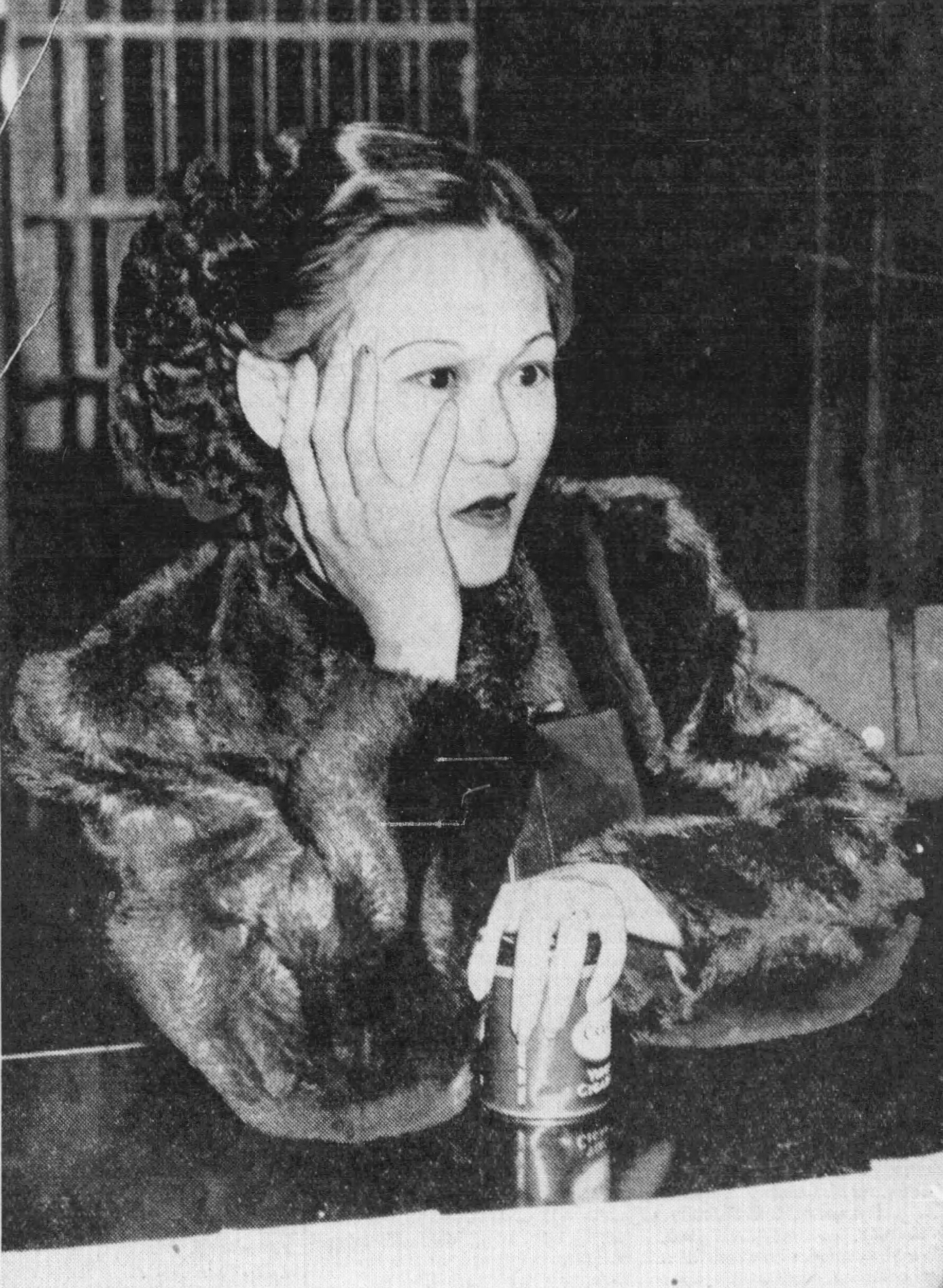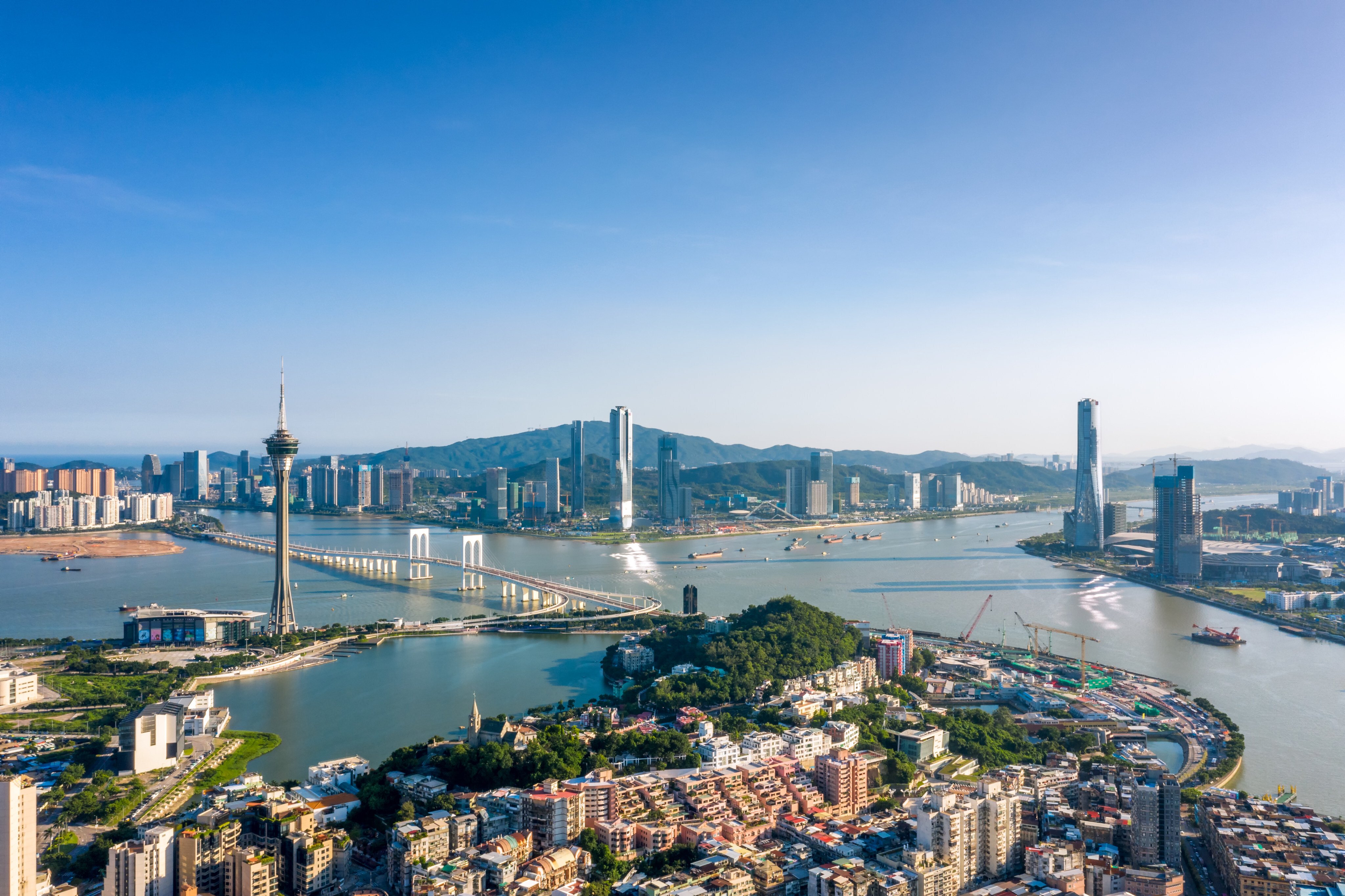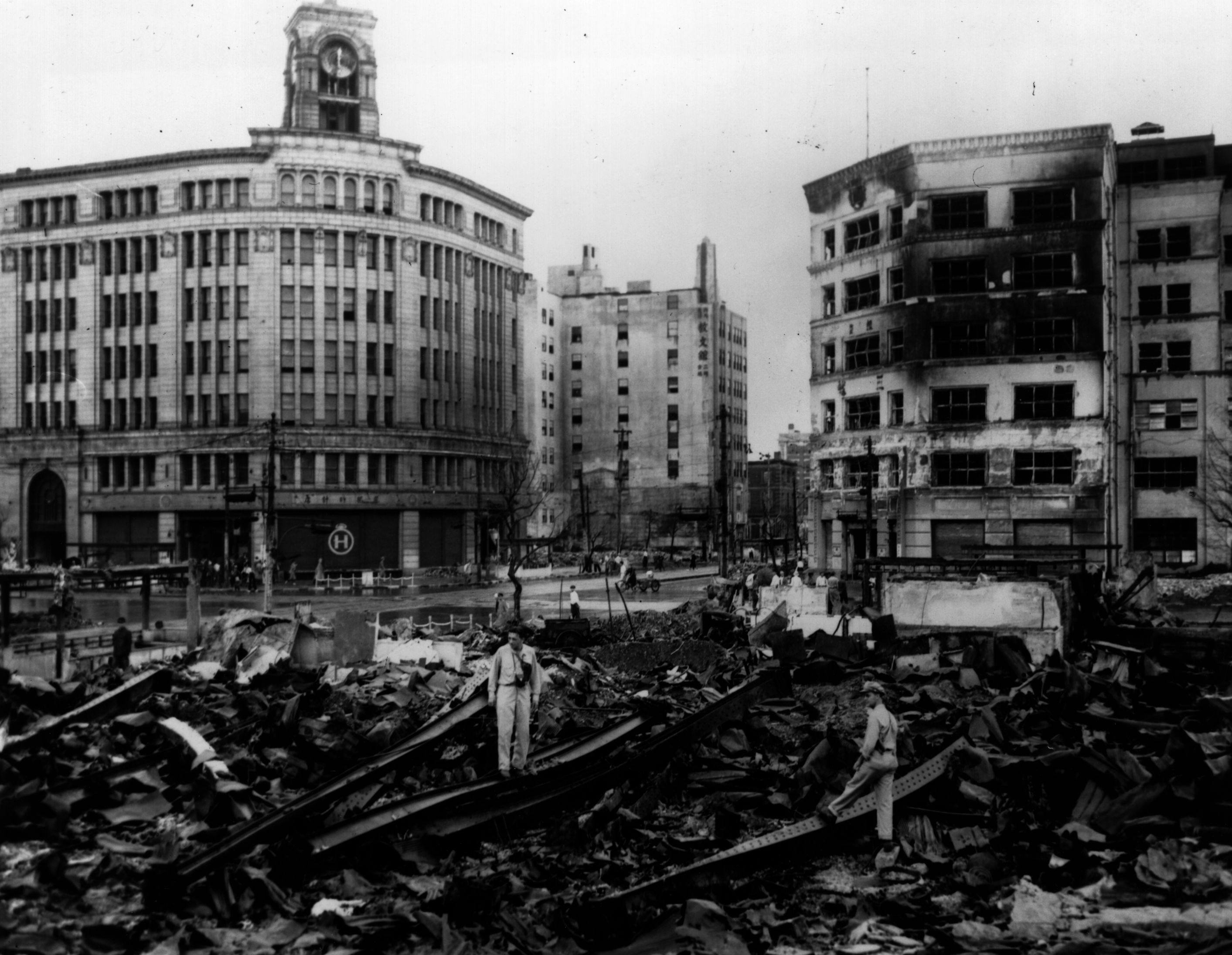Advertisement
Advertisement
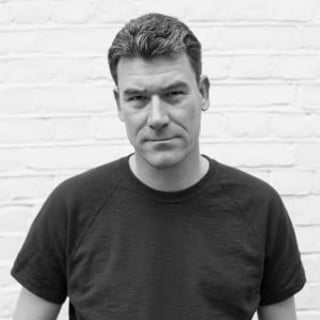
Paul French
Paul French was born in London and lived and worked in Shanghai for many years. He is the author of The New York Times bestseller Midnight in Peking (2011, Penguin) and City of Devils: A Shanghai Noir (2018, Picador). He also works regularly for BBC Radio.
Once the pinnacle of opulence and grandeur, the Repulse Bay Hotel hosted guests like Ernest Hemingway, George Bernard Shaw and Wallis Simpson.
After a feverish rise from the tundra, an equally abrupt fall saw the self-proclaimed republic expunged from the map by the Chinese authorities
In 1936, Maria Wendt flew into the United States from Shanghai laden with nearly 25kg of heroin – was she an innocent mule or part of an international cartel?
Could that new weapon of war the submarine put an end to piracy along the South China coast? Britain’s Royal Navy thought so, and sent some state-of-the-art subs to Hong Kong in the 1920s, with mixed results.
Advertisement
One was Scottish, the other American: Anna Hotchkis and Mary Mullikin were successful and intrepid artists who documented China in vivid paintings before World War II tore them apart.
China’s final imperial ruler had his British tutor, Reginald Johnston, but less known are the lives of Puyi’s wife Wanrong and her American tutor, Isabel Ingram. Paul French explores their friendship.
Japan’s aerial dominance in World War II was ended by volunteer US and British fighter pilots who protected Free China in planes bearing a Flying Tigers logo designed by Disney’s best and brightest.
It’s Christmas Eve in Shanghai and residents of the Gascoigne Apartments are preparing for the Carmichaels’ annual drinks party. The mysterious Mr Milton has accepted his invitation for the first time.
In 1971, at the height of the Cultural Revolution, Beijing sent a film of Chinese ballet The Red Detachment of Women to the Venice International Film Festival, from where it became a hit with Western movie-goers.
China’s Hidden Century uses a remarkable variety of objects to illustrate life in the late Qing dynasty and remind visitors of events such as the Taiping Rebellion, the most destructive civil war anywhere ever.
Characters the British writer met in Hong Kong made it into one of his Cold War spy novels, as did an error he admitted cribbing from an out-of-date guidebook and which taught him to get the small stuff right.
Taiwanese artist Tan Teng-pho, known for his calming, depopulated portrayals of cities such as Shanghai and Tokyo, met a brutal death and vanished into obscurity until recent years.
Helen Fette, an American missionary turned entrepreneur, and her partner Li Mengshu, revolutionised the north China rug-making industry in the 1920s and ’30s.
’Twas the night before Christmas, and for senior detective John Creighton, the journey from Peking to join his family is derailed by a body, a brandy and a bloody whodunit.
In June 1924, a hotel was bombed in Guangzhou in an attempt to assassinate the French governor of Indochina. The plot failed, but the bomber’s influence was far-reaching.
In 1903, American artist Katharine Augusta Carl was invited to paint the first-ever portrait of China’s Empress Dowager Cixi, gaining unprecedented access to the imperial palace.
Adam Brookes uncovers some new heroes of the second Sino-Japanese war – the curators who catalogued the Forbidden City’s treasures, then packed them and ensured they were kept secure during years of conflict.
In the Beijing Legation Quarter, a diplomatic love triangle ignited an international incident that stained not only the noble family embroiled by it but Italy’s reputation in China.
Often dismissed as fanciful and racist, L. Ron Hubbard’s stories of his trips in Asia as a teenager in the 1920s might not all be made up, such as his friendship with an MI6 agent.
Tens of thousands of Chinese labourers and refugees called the Chinatown in Russia’s easternmost city home for decades until Stalin ordered it ‘liquidated’.
In this history of real pirates, we look at the ‘passenger ploy’ tactic used in the early 20th century that saw many a steamer sailing the South China Sea violently looted.
Like The Fast and the Furious movies, Grace D. Li’s debut novel about young Chinese-Americans is part heist, part about finding a family with those around you.
If you like reading historical fiction with a powerful sense of place, two debut novels from Singapore-based publisher Penguin Random House SEA with echoes of Graham Greene and Andre Malraux stand out.
British artist and Beijing resident Katharine Jowett became a prolific painter of the Chinese capital in the mid-20th century, her paintings influenced by the Japanese shin-hanga style.
As modernism gained traction globally in the early 20th century, in Asia it was Shanghai that embraced the philosophical and cultural movement like no other.
Joseph Sassoon charts the rise and fall of his family’s business empire, from its roots in Baghdad to China – and to posh London drawing rooms where, the academic argues, the seeds of its doom were sown.
The apparent nostalgia for a more ‘authentic’, communal way of life in Liu Xinwu’s award-winning 1984 novel, newly translated, belies its insightful social commentary.
When ‘Seto Gin’ arrived in San Francisco from Hong Kong with a trunk of opium in 1939, authorities scrambled to unravel the case of the ‘broke banker and his comely concubine’.
Transformed today, the once verdant islands of Dom João, Montanha and Lapa, later Xiao Hengqin, Da Hengqin and Wanzai, had a tumultuous history of pirates and war.
With Tokyo Redux, last of his neo-noir trilogy set in occupied post-war Japan, David Peace exorcises his Tokyo demons.

